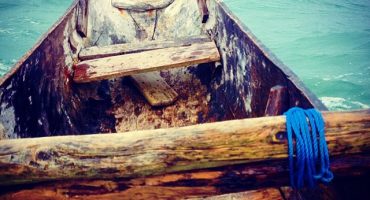Most of us love and fear the sea in equal measure. And with a good reason, as the sea is full of creatures that can be dangerous to humans and sometimes even deadly. The good new is that with a little knowledge most of what makes these creatures dangerous can be avoided or treated before it turn into something more serious.
The Jellyfish
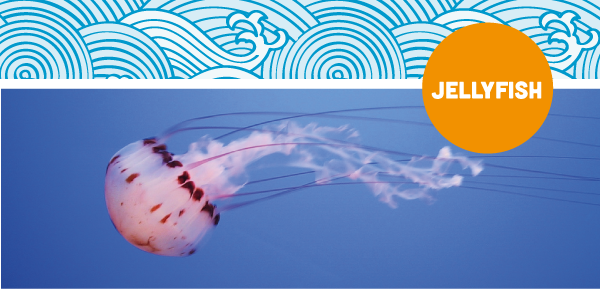
The jellyfish has a whitish, umbrella-shaped body with tentacles of varying lengths.These tentacles are covered with sacs filled with a venom that can cause a painful and sometimes life-threatening sting. Jellyfish inhabit salty water throughout the world and their number has grown lately as a result of the increase in salinity and temperature of the seas.
Prevention:
- Apply a jellyfish repellent made with an extract of plankton.
Remedies:
- Clean the wound with sea water
- Soak the wounded area in hot water (40-50 degrees)
- Carefully remove the residues of tentacles
- Apply a cortisone ointment
- If the pain persists, see a doctor.
The Stingray
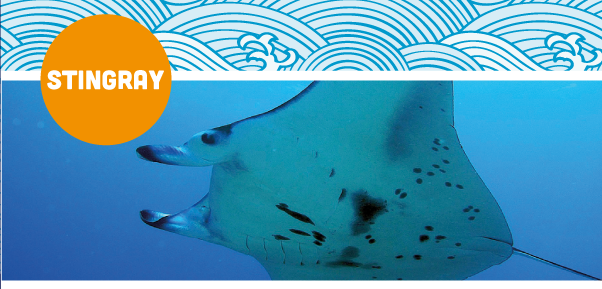
Stingrays are square flatfish with two dorsal fins and a large tail. There are more than 600 different species of rays, they are not aggressive but can sting a person with the stinger located at the end of their tail if they are touched while they are hiding under the sand. They live in all oceans, close to the surface and up to a depth of 3,000 meters.
Prevention:
- Gently sweep your feet when you walk into the water
- Inspect the bottom of the sea before placing your feet on the sand
- Don’t bother stingrays.
Remedies:
- Clean the wound and inspect it to make sure it does not contain foreign objects that could cause an infection
- Immerse the wound in hot water.
The Shark
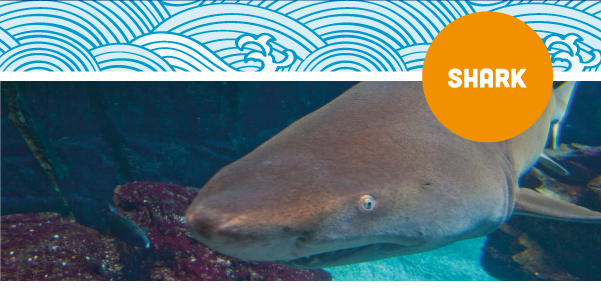
The white shark is one of the largest and most ferocious predators in the world, reaching lengths up to 6 feet long and a weight of more than 2 tons. Sharks hunt seals, sea lions, turtles and small whales, usually at dawn or dusk. White sharks are responsible for about 100 attacks on humans every year. Fortunately, most of these are not deadly.
Prevention:
- Swim in the group without straying too far from the beach
- Do not swim at dawn or dusk
- Avoid murky waters and spray water when swimming
- Do not enter the water with open wounds as the blood might attract sharks
- If a shark attacks you, hit him on the nose, gills and eyes to scare him off
- Don’t try to look “dead”, as it won’t work with sharks…
- Try to get out of the water as quickly as possible.
Remedies:
- Get a doctor to look at your wounds as soon as possible
- Stop any visible bleeding by applying pressure on the wound
- Try to calm down and keep warm to avoid hypothermia.
The Saltwater Crocodile
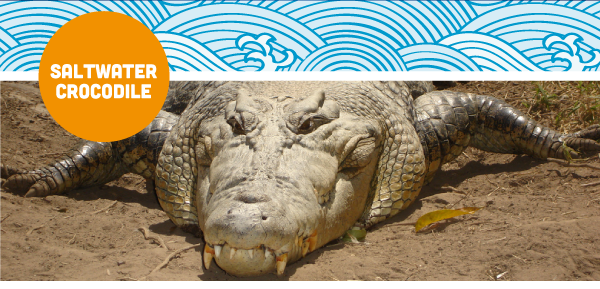
The saltwater crocodile is the largest crocodile in the world: it can reach up to 7 meters in length. The crocodile inhabits the coasts of Southeast Asia and northern Australia, where it hides under the surface of the water to hunt crabs, turtles and any animals that come close to the shore to drink water. The saltwater crocodile is responsible for killing a few people each year.
Prevention:
- Don’t swim alone in areas inhabited by crocodiles
- Never feed the crocodiles
- Do not let your arms or legs hang from the boat
- Let eggs and baby crocodiles be.
Remedies:
- Ask for help and get medical help quickly
- Keep your head in a neutral position and breathe
- Check for any injuries of the neck
- Exert direct pressure on any wound to prevent bleeding
- Keep warm.
The Moray Eel
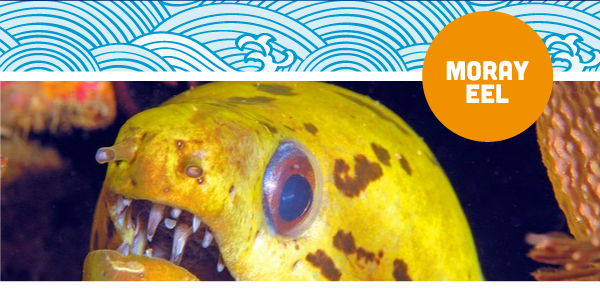
The moray eel is a fin-less fish, shaped like a snake, with small marblelike eyes.
Moray eels’ heads are too narrow to swallow prey, so they have developed a second set of jaws in their throat, which helps eels to transport the prey from the throat into the digestive system. The moray eel is a voracious predator that feeds on fish and crawls into coral reefs where it lives.
Prevention:
- Avoid waters near the cliffs
- Never disturb a moray eel.
Remedies:
- Disinfect the wound and remove any teeth fragments
- Keep your arm (or leg) above your head level to avoid swelling


